
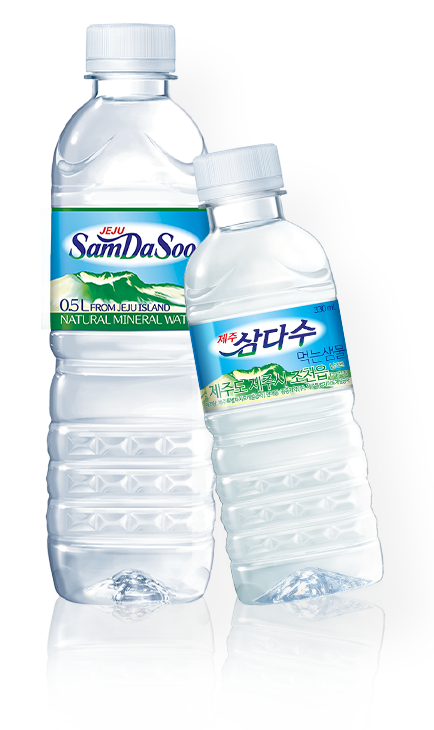
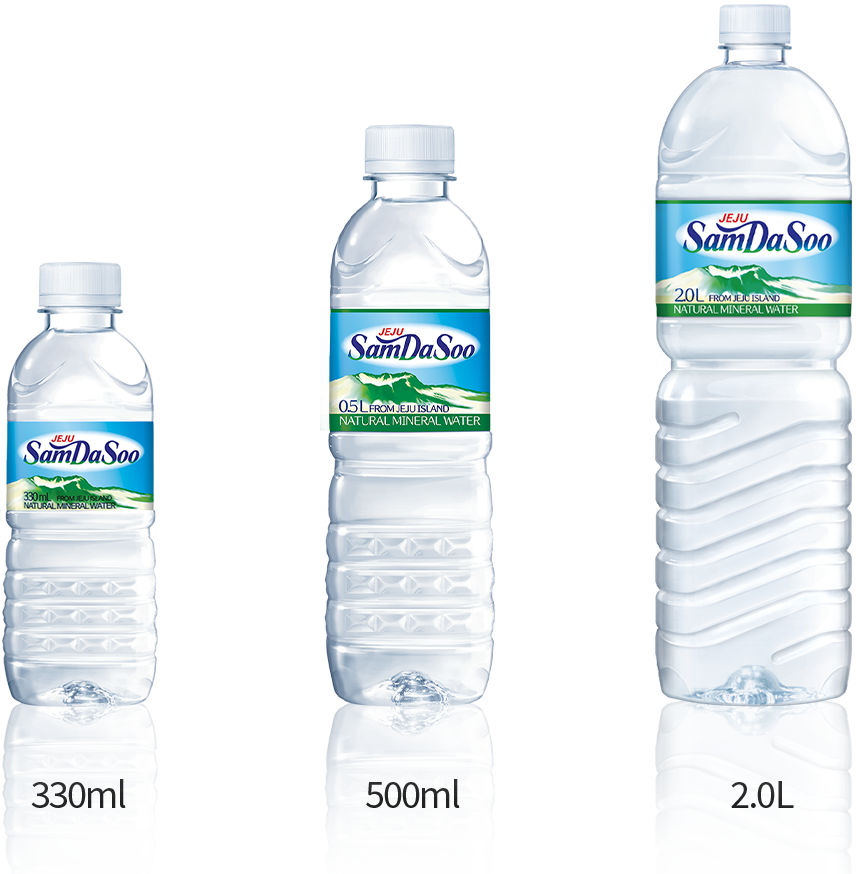
济州三多水韩国矿泉水市场占有率最高的品牌
-
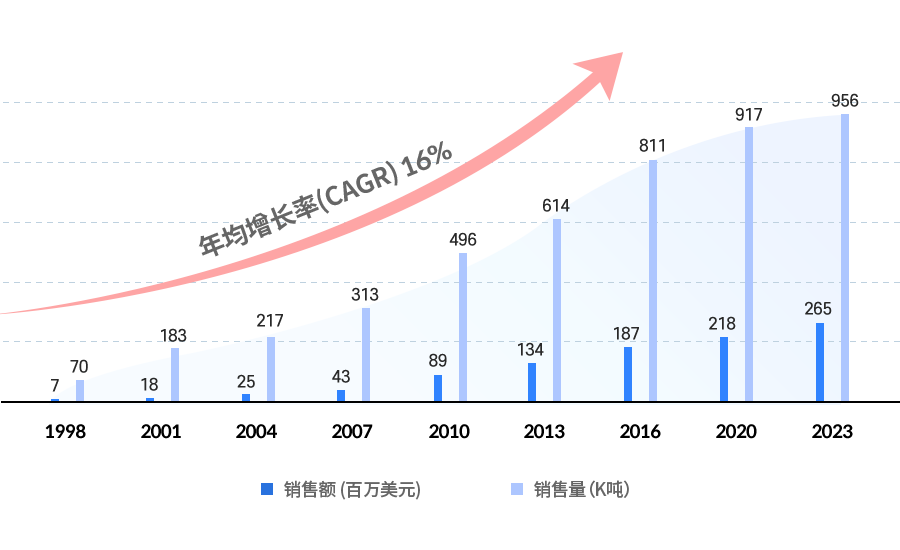
销售额和销售量
CAGR 16% -

韩国矿泉水市场占有率第一的品牌
*来源: Nielsen Korea, 2023
水质主要成分 (毫克、升)
- 偏硅酸(H₂SiO₃)
- 25~50
- 溶解性总固体
- ⩽100
- 钙(CA)
- 2.5~4.0
- 钾(K)
- 1.5~3.4
- 钠(Na)
- 4.0~7.2
- 镁(Mg)
- 1.7~3.5
- pH值
- 7.5~7.9
国际质量安全认证
-
ISO9001
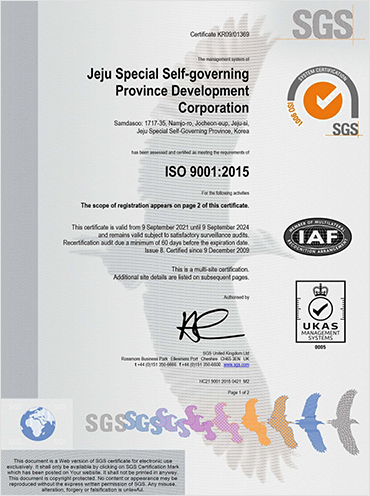
-
ISO14001
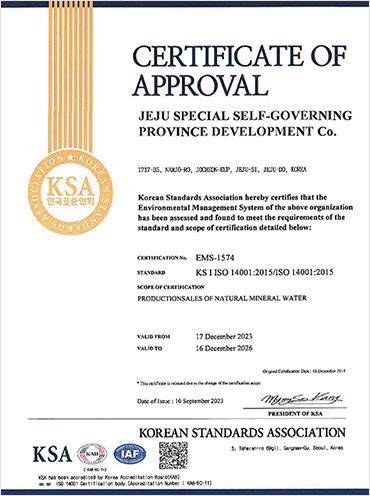
-
FSSC22000
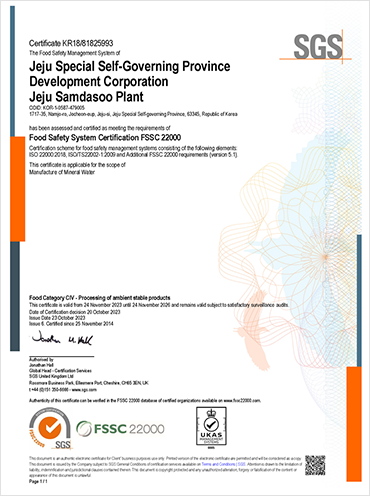
-
NSF
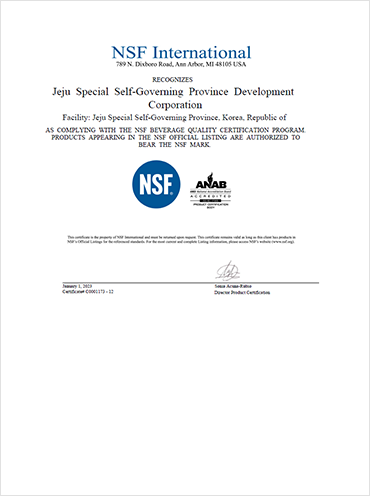
济州三多水研究论文
-
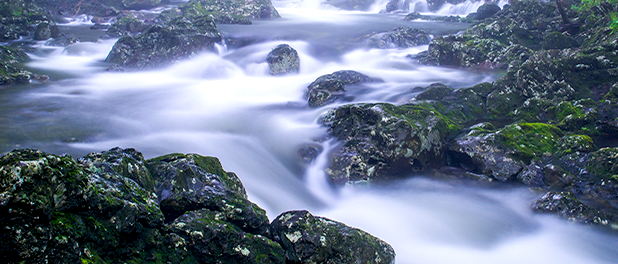
A Study on the Recharge Characteristics of Groundwater in the Jeju SamdasooWatershed Using Stable Water Isotope Data
This study evaluated monthly, seasonal and altitudinal changes of oxygen and hydrogen isotope compositions of wetprecipitation samples (n = 238) that were collected for last four years from 7 altitudes (from 265 to 1,500 m above sealevel) in the Jeju Samdasoo watershed at the southeastern part of Jeju island, in order to examine the rechargecharacteristics of groundwater that is pumped out for the production of the Samdasoo drinking mineral water. Precipitationsamples showed a clear seasonal change of O-H isotopic composition as follow, due to the different air masses and relativehumidity: δD = 7 .3δ18O + 11.3 (R2 = 0.76) in the wet season (June to September), while δD = 7 .9δ18O + 9.5 (R2 = 0.91) inthe dry season (October to May). In contrast, the stable isotope compositions of groundwater were nearly constantthroughout the year and did not show a distinct monthly or seasonal change, implying the well-mixing of infiltrated waterduring and after its recharge. An altitudinal effect of the oxygen isotope compositions of precipitation was also remarkablewith the decrease of –0.19‰ (R2 = 0.91) with the elevation increase by 100 m. Based on the observed altitudinal change,the minimum altitude of groundwater recharge was estimated as 1,200 m above the sea level in the Jeju Samdasoowatershed.
-
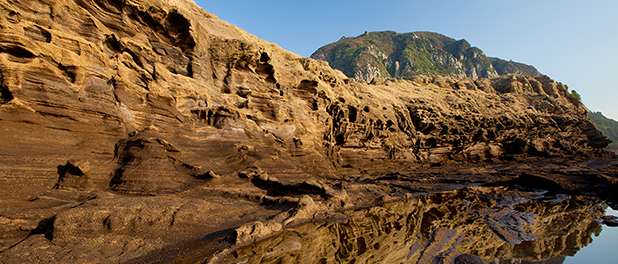
Geologic characteristics of Jeju Samdasoo watershed in Jeju Island, Korea (II): Subsurface geology and volcanic activities.
Jeju Samdasoo Well Fields, Gyoraeri, Jocheon up, Jeju based on well drilling and geologic logging of 8 exploratory wells at Well Field-3(planned), and analyses of rock compositions and Ar-Ar age dating of rock cores, and reinterpretation and correlation of existing borehole logs from surrounding 5 monitoring wells. The subsurface geology of Jeju Samdasoo Well Field-3 (planned) is composed of lava flows, volcanic sedimentary deposits and non-volcanic sedimentary deposits including paleo soil and is classified into 19 lithofacies. The lava flows are divided into 22~32 flow units, and are composed of aphyric basalt, feldspar basalt, olivine basalt, augite basalt, porphyritic feldspar basalt, porphyritic augite basalt and porphyritic augite olivine basalt petrographycially. And, the rock compositions of lava flows with SiO2 46.9~58.0 wt% and Na2O+K2O 4.3~9.5 wt% belong mainly to alkali basalt and trachybasalt, with minor basaltic trachyandesite and trachyandesite at the lowest flow units contacting with Seoguipo Formation. The Ar-Ar ages of subsurface lava flows range from the oldest, 466±9 ka (MW-JH-GR1, EL. 19 m, below ground surface 420 m) to the youngest, 26.9±3.3 ka (TW-3-3, EL. 447, below ground surface 23 m), implying that the subsurface lava flows have records of lava effusive activities during ca. 500,000 years. The overall subsurface geology of Jeju Samdasoo Well Fields is composed of U Formation, Seoguipo Formation, lava flows erupted after sedimentation of Seoguipo Formation, and non-volcanicsedimentary deposits which have made during repose. The volcanic activities after sedimentation of SeoguipoFormation are divided into volcanic activity-I (466 ±9~444±8 ka), volcanic activity-II (367.5±7.9~212.8±4.0ka), and volcanic activity-III (200±13~26.9±3.3 ka).
Q 현재 페이지에서 제공되는 정보에 대해 만족하십니까?
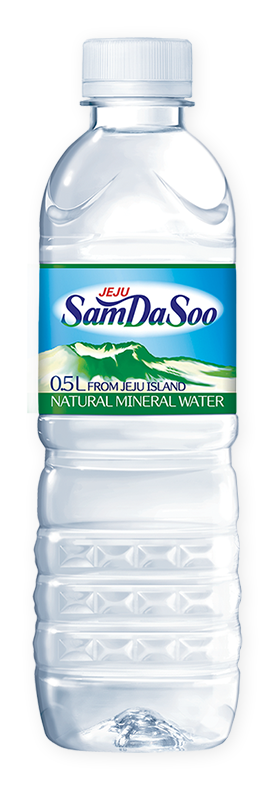
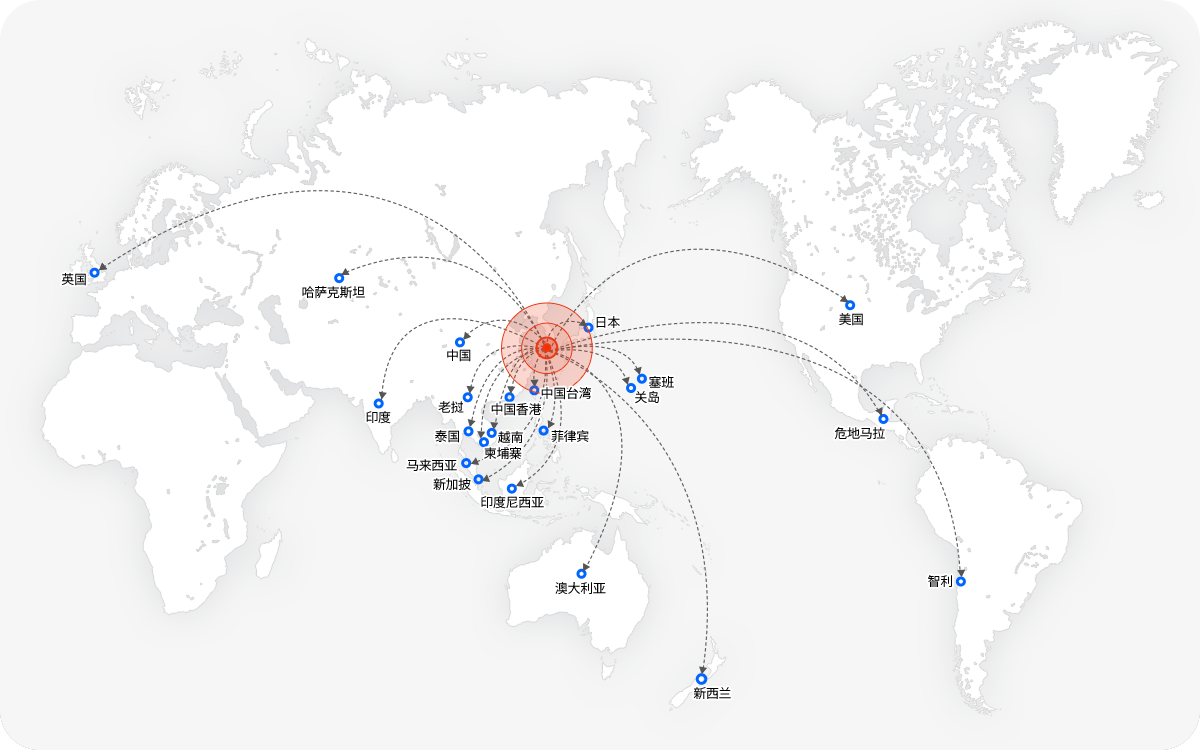



 https://www.youtube.com/@jejusamdasoo_official
https://www.youtube.com/@jejusamdasoo_official https://www.instagram.com/samdasoostory/
https://www.instagram.com/samdasoostory/ https://www.instagram.com/samdasoostory/
https://www.instagram.com/samdasoostory/